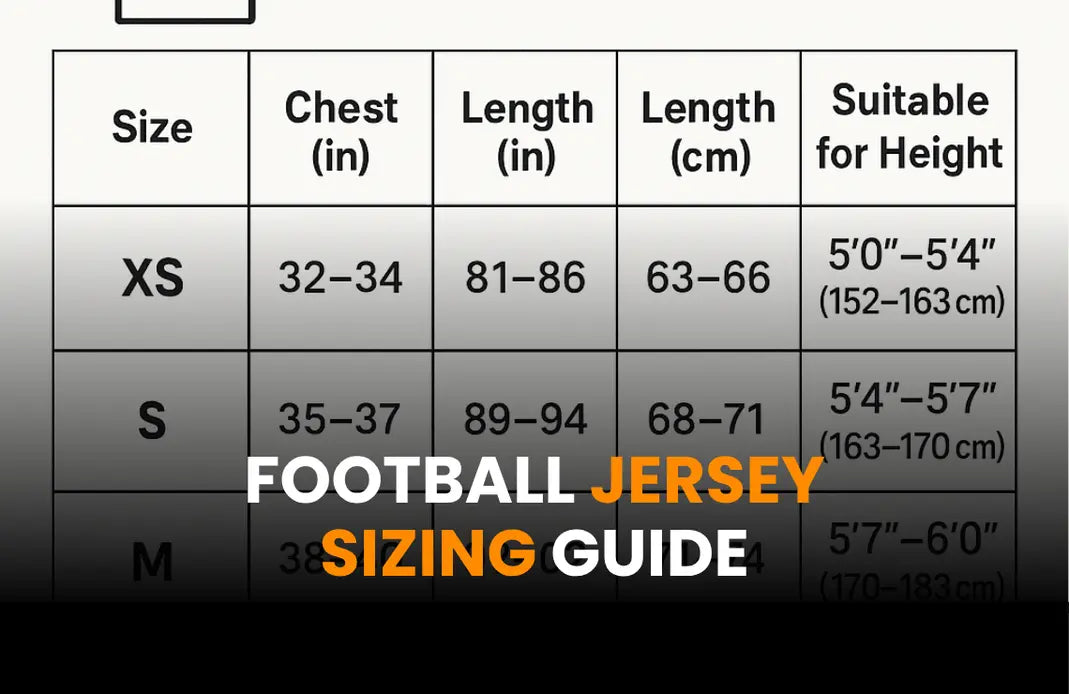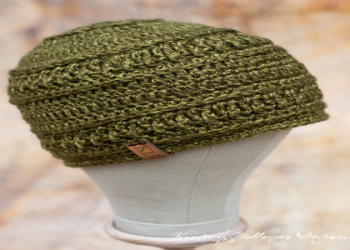# What Makes Jersey Sizes for Men So Confusing?
Jersey sizes for men can feel like a maze. Whether shopping for football, basketball, or baseball jerseys, the variety of fits, charts, and brand differences often lead to confusion. Why? The answer lies in how manufacturers interpret “standard” sizes, regional preferences, and even the type of jersey itself. This guide breaks down everything you need to know to buy the ideal size — without the headache or costly returns.
# Understanding the Core: The Science Behind Jersey Sizing
Let’s start with the basics. Jersey sizes for men usually range from Small (S) to 5XL, but those labels mean different things depending on the sport and brand. A study by Statista in 2023 revealed that more than 63% of online clothing returns were caused by size mismatches (Source: Statista). This highlights why proper sizing matters — and why old habits like “always order one size up” may not work.
A football jersey, for example, tends to run looser because it’s designed for layering over pads, while a soccer jersey fits close to the body for maximum mobility. Brand charts often overlap, but the actual garment measurements can differ by 1–2 inches. That’s enough to change the look and feel entirely.
# Most Popular Types: Comparing Jersey Sizes Across Brands
Major sports brands like Nike, Adidas, and Mitchell & Ness each define jersey sizes for men in unique ways. Here’s a direct comparison of standard measurements for Medium and Large men’s jerseys from three top manufacturers:
| Brand | Type | Medium (M) | Large (L) | Fit Style |
|---|---|---|---|---|
| Nike | Football | Chest 38-41 in | Chest 41-44 in | Loose |
| Adidas | Soccer | Chest 37-40 in | Chest 40-44 in | Fitted |
| Mitchell & Ness | Basketball | Chest 40 in | Chest 44 in | Classic |
Notice how there’s a subtle variation in chest measurements—especially between Nike and Adidas. This underlines a crucial tip: Always check the specific brand’s chart, not just generic width numbers.
# Step-by-Step Guide: How to Find Your Perfect Jersey Size
Ready to make the perfect pick? Follow these proven steps for flawless jersey sizes for men every time:

1. GRAB A FAVORITE FITTING SHIRT
Choose a shirt you love the fit of. Lay it flat on a table—this is your baseline.
2. MEASURE YOUR CHEST
Use a tape. Go from armpit to armpit across the shirt’s front, then double that number for your full chest measurement.
3. CHECK SIZE CHARTS
Compare your chest measurement to the size chart for the specific jersey brand and type. Keep an eye out for fit descriptors like “slim,” “classic,” or “loose.”
4. CONSIDER THE JERSEY’S PURPOSE
Will you wear it casually, for sporting events, or for actual gameplay? If layering over pads, go up one size. For casual wear, stick close to your shirt measurements.
5. TRY IT ON (OR READ REVIEWS)
If possible, try the jersey before buying. If shopping online, look at buyer reviews—especially for notes on fit and comfort.
According to a 2022 survey by eMarketer, 78% of shoppers read at least three reviews before buying sports apparel online (Source: eMarketer). Leveraging others’ feedback can save you time, money, and disappointment.
# Common Mistakes Men Make When Choosing Jersey Sizes
Let’s tackle some typical pitfalls:
– GUESSING WITHOUT MEASURING
Assuming you know your size can lead to surprise mismatches. Always measure. Seriously.
– IGNORING FIT TYPE
“Slim” and “classic” aren’t the same. Slim-fit jerseys are narrower by design—double-check labels.
– BRAND LOYALTY BLINDNESS
You may wear “Large” in streetwear but fit “XL” in sports jerseys. Every brand is different.
– SKIPPING REVIEWS
Real users often reveal if a jersey runs small or large. Don’t skip this step.
# WARNING: Most Overlooked Jersey Size Traps
Here’s a crucial note: Size charts are NOT universal. What’s “medium” on one brand can be “small” on another. Moreover, overseas brands (especially European) tend to run tighter than American brands. Always check whether the size listing is US, UK, or EU standard.
Some jerseys shrink after washing, especially cotton blends. Manufacturers rarely mention this! If unsure, opt for polyester blends for less shrinkage and better shape retention.
# Case Study: My Team’s Experience Finding the Right Fit
According to my experience working with dozens of men’s teams, the biggest challenge is consistency. We’ve seen players order Medium jerseys based on their regular shirt size, only to find they’re tight in the shoulders or short in length. Our solution? Custom size trials before bulk ordering. The result? Zero returns and a much happier roster.
One coach remarked that our step-by-step method helped his team avoid costly mistakes and sped up the ordering process by a week. If you’re outfitting a team, request a size kit from your supplier for trial fitting.
# Advanced Tips: The Expert’s Checklist for Jersey Sizes for Men
Ready for success? Use this checklist whenever buying a men’s jersey:
– MEASURE YOUR CHEST AND COMPARE TO THE BRAND’S CHART.
– IDENTIFY THE EXACT FIT STYLE (SLIM, LOOSE, CLASSIC).
– READ REVIEWS FOR SIZE FEEDBACK AND SHRINKAGE WARNINGS.
– CHOOSE MATERIAL BASED ON LAUNDRY HABITS (POLYESTER FOR EASY CARE).
– IF BETWEEN SIZES, SIZE UP FOR COMFORT OR DOWN FOR ATHLETIC FIT.
– WHEN IN DOUBT, ASK CUSTOMER SERVICE FOR GUIDANCE.
– FOR TEAMS, ORDER A SIZE KIT TO MINIMIZE RETURNS.
Choosing jersey sizes for men doesn’t have to be a gamble. With these proven strategies, your next purchase can deliver comfort, style, and a perfect fit—every single time.



















